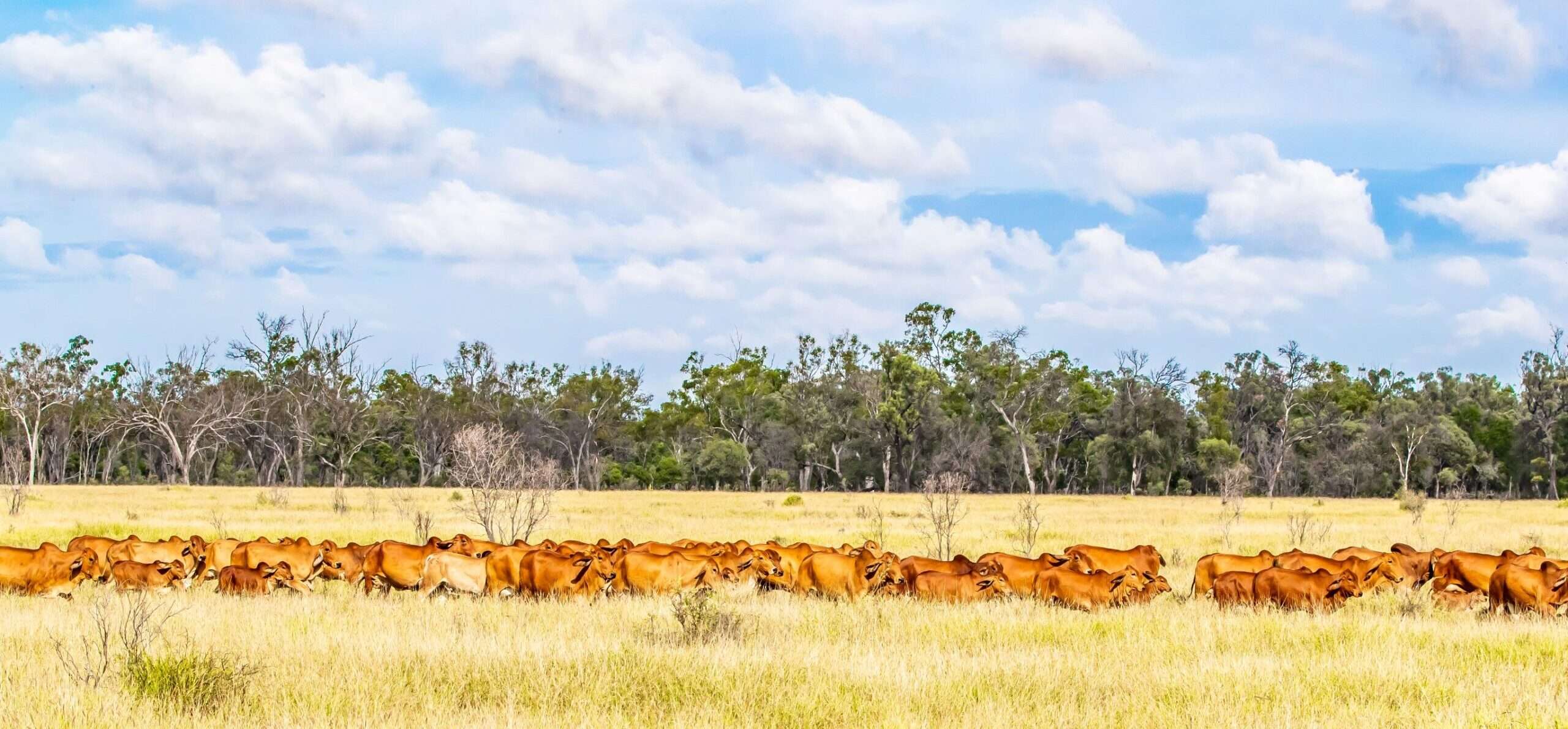Written by ABRI Extension Services
The Bin Project started in 2015 when the opportunity arose through the Repronomics Project as only the female progeny were to be used, leaving the steers to be sold.
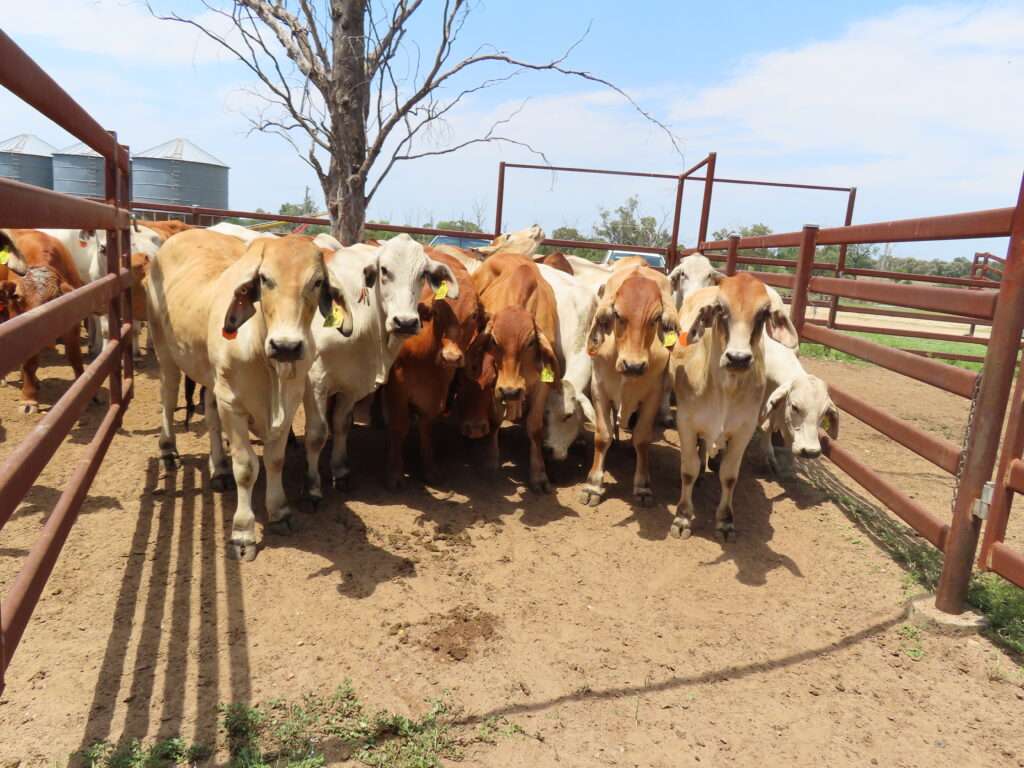
All the steers are purchased after weaning by the BIN project. The joint Northern BIN Steer Project between Australian Brahman Breeders’ Association (ABBA), Droughtmasters Stud Breeders Society (DSBS) and a Santa Gertrudis Research Herds with funding assistance from the Meat & Livestock
Australia Donor . This was a continuation of collecting data that was started in 2012 with the Brahman BIN project (ABBA & MDC project). These steers are progeny from generational research dams, allowing for highly accurate, well recorded traits. This has resulted in new traits to be developed and implemented in the Brahman BREEDPLAN.
Data collected on the steers includes 400 day, 600 day weights, carcase scan at 600 day weight and prior to slaughter. Steers are also structurally scored at the scan prior to slaughter. MSA data is collected in the meatworks and a meat sample is taken and sent the meat science lab at the University of New England (UNE) where Shear force and IMF data are collected.
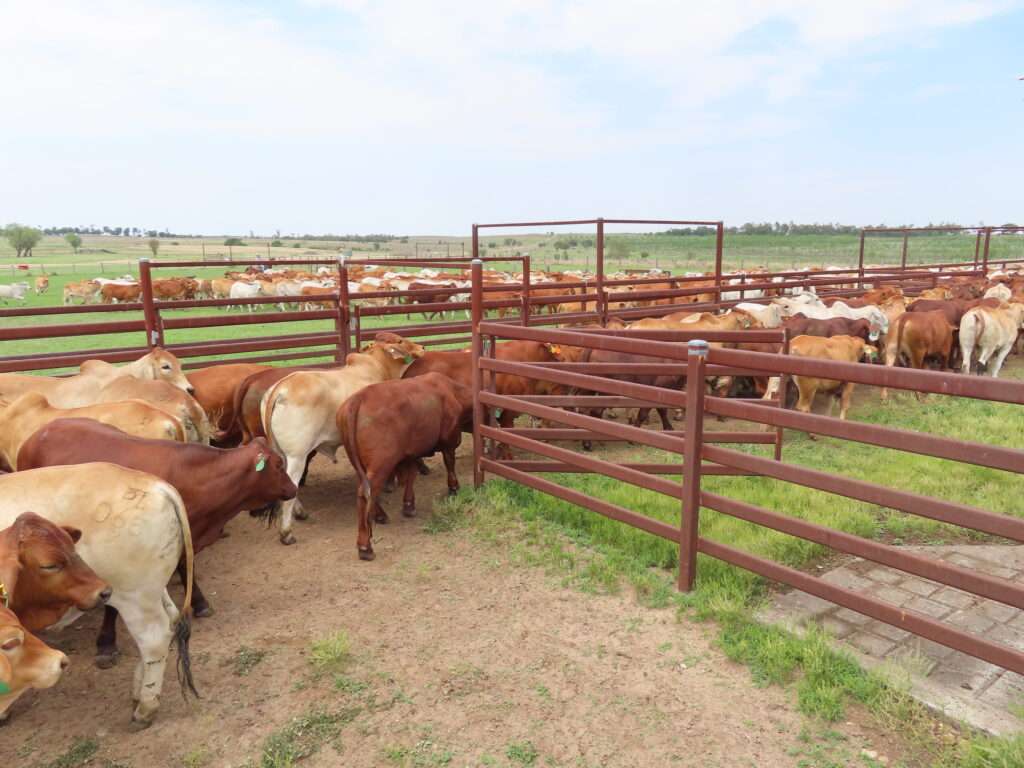
This collected data, along with the Repronomics data (female fertility data) has been the driving force behind the implementation of Genomics EBV’s in 2017. This is referred to as “Single Step BREEDPLAN analysis”. Prior to the Genomic influence, the BREEDPLAN analysis uses the pedigree and information and performance data. Single Step looks at how genetically related an animal is to those that have been genotyped and have performance data recorded against them.
All the animals in the Repronomics Project (Female data) and the BIN Project (male data) have phenotypical data and genotype information (collected from the Standard Brahman Bundle – SNP50K). The data collected is referred to as the Brahman Reference population and includes all
Brahman animals that have phenotype data recorded and has a SNP50K test.
The Brahman Reference Population information identifies favourable genes for different traits. Traditional BREEDPLAN analysis worked on the relationship between parents and progeny to be 50% equally, whereas Single Step BREEDPLAN analysis uses SNP genotypes to determine the actual degree of relationship between individuals. In the case of full siblings, this may now vary from 0.35 to 0.65, allowing for improved accuracy in the EBVs calculated.
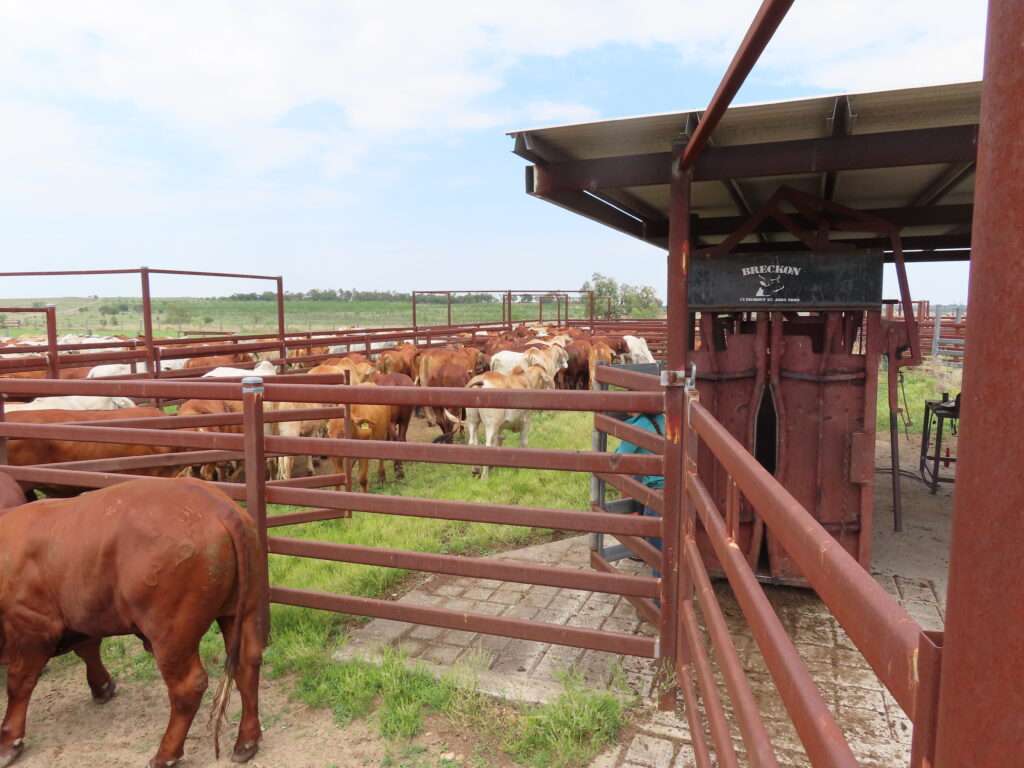
Genomic selection works best when the reference population is closely related to the young animal population for which genomic EBVs are being calculated. For this reason, the reference population
should be designed to represent the whole genetic pool of a breed, rather than just a subset of genetics within a breed. This is also one of the reasons why genomics will not replace performance
recording – there is a requirement that animals from the next generation have both genotypes and phenotypes coming into the reference population over time.
The BIN Project has now purchased the 12th cohort from Spyglass (Brahman and Droughtmaster
progeny) and the 10th Cohort from Brian Pastures (Brahman, Droughtmaster and Santa Gertrudis). This is over 4000 steers of which 1800 are Brahmans and 140 different Brahman Sires are represented.
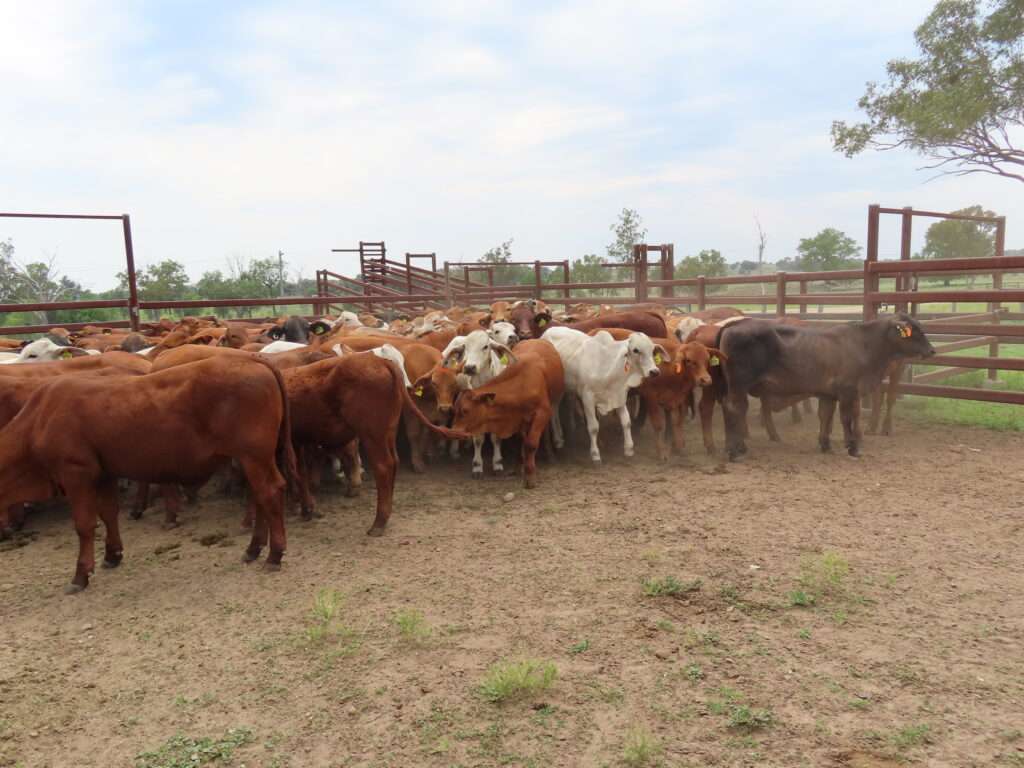
For those traits that had lower number of records submitted, ie carcase, gestation length, Mature Cow weight and Birth weights, the information coming from the projects has allowed for enhancements to be made to the Brahman Single Step BREEDPLAN analysis. A complete re-estimation of genetic parameters for traits in 2024 has led to the rollout of the enhancements in the November 2024
BREEDPLAN run. The parameter reestimates have included changes to trait heritability estimates (the
percentage of variation in a trait that is explained by genetics).
For Age at Puberty, Percent Normal Sperm and Gestation Length this was the first time that the relationships with all other traits were estimated. The parameter re-estimation has allowed
IMF ultrasound scan data for heifer and steers (but not bulls) to be re-included in the calculation of IMF EBVs.
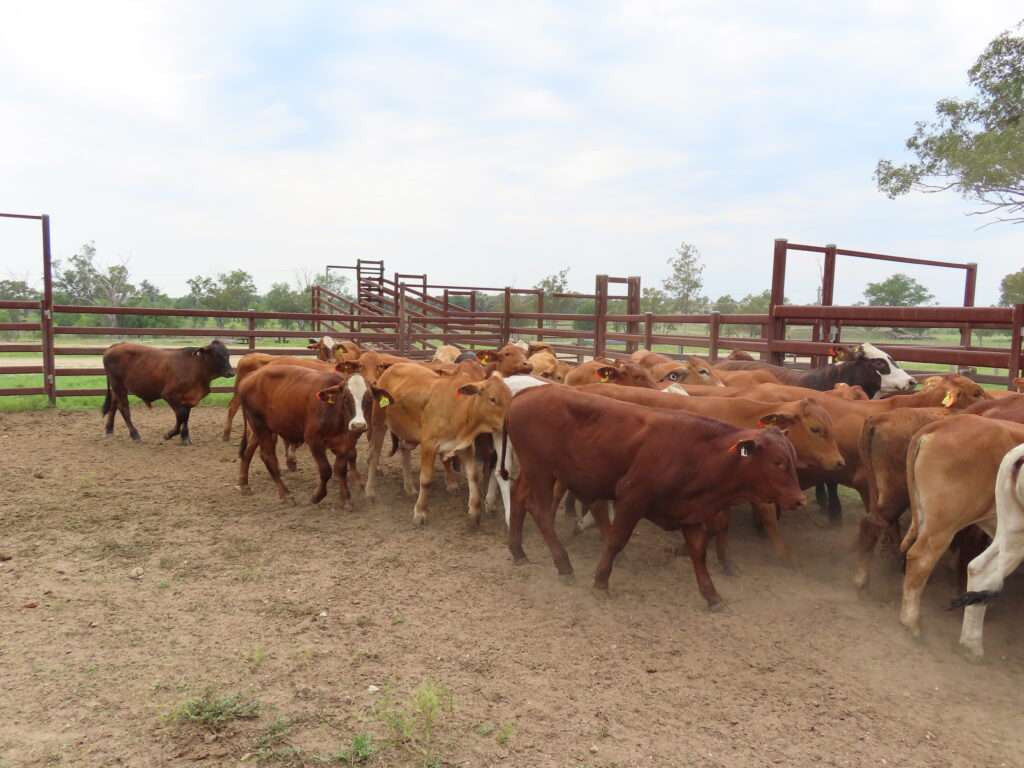
The Carcase Weight EBV endpoint has been extended from 650 days to 850 days, to better reflect the actual age at which Brahman animals are slaughtered. This has led to a greater spread in the Carcase Weight EBVs observed for the Brahman breed.
Brahman breeders can expect to see changes in EBVs, accuracy and selection index values as a consequence of these enhancements to the Brahman Single- Step BREEDPLAN analysis. These
enhancements have been possible thanks to the work of scientists at the Animal Genetics and Breeding Unit (AGBU), a joint initiative of the University of New England (UNE) and the NSW Department of Primary Industries (NSW DPI), with funding from Meat and Livestock Australia (MLA).
For more information on collecting and recording in BREEDPLAN use the following QR codes or links for PDF’s and video guides. For member enquiries for joining Brahman BREEDPLAN, please contact the Brahman Office and speak with Paul Williams, Breed Development Officer.



